While researching the variety of e-bike policies at Connecticut’s colleges/universities, I came across a tiny detail that hints as to why some organizations, and individuals, have such a knee-jerk reaction to them.
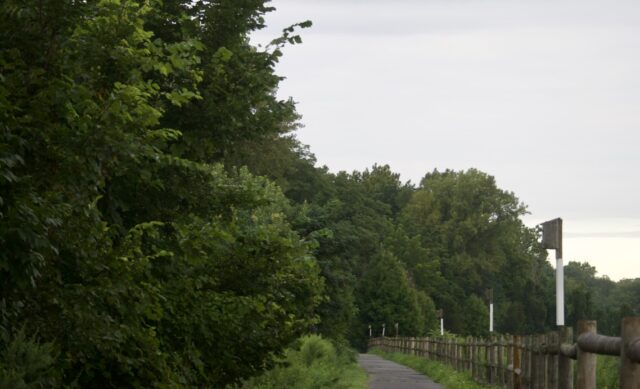
But first, let’s look at the Trout Brook Trail in West Hartford. According to Google Maps, the existing trail, such as it is, from New Park Avenue to Fern Street is 3.9 miles long. Some of this is a path and some is something else. A new section between Fern and Asylum is slated to open in August 2023 according to the town’s own documents. Construction barriers still blocked the entrance to that last weekend, but I saw I group of cyclists confidently ride around those signs and onto the trail, so it must be closer to finished than not. The pitiful section from Jackson Ave to Park Road — narrow sidewalk which is obstructed by vegetation including poison ivy and intruded on by jaydrivers who can’t fit their massive trucks into their modest driveways — is apparently in a design phase and it looks like there will be a more reasonable sidepath installed on the west side of Trout Brook Drive eventually.
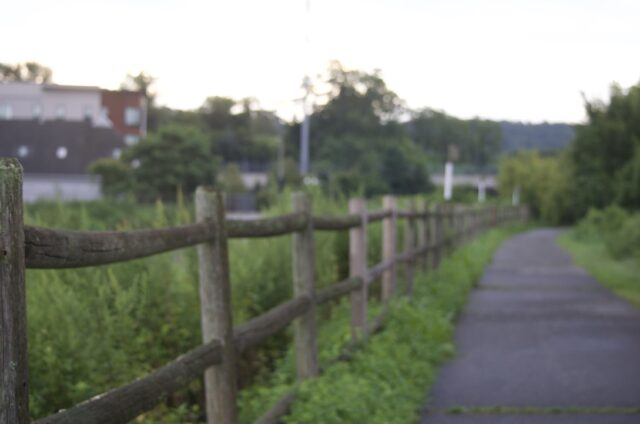
Parts of this trail are lovely. It begins on New Park Avenue, making for a nice stroll with a coffee and snacks picked up at nearby Alvarium Roasting, Small State Provisions, or Perkatory, with easy access from the CTfastrak 128 stop, or by using the nearby Elmwood Station or New Britain Avenue buses. This is in an industrial-ish area, so this path could serve as a commuting tool for employees at any of those businesses, or the nearby restaurants. Once on the path, it feels like a protected area, unlike New Park Avenue. It’s quieter. You can see ducks, herons, and egrets down in the brook.

At the end of this segment, trail users are met with a sign instructing them to cross road at intersection instead of where trail seems to end. It feels kind of rude, when all that was needed were clearer signs showing where the trail goes. From the bridge there’s a nice view of the brook. The intersection of South Quaker Lane and Trout Brook Drive is not terrible, in part because there is a walk signal.
The next 0.4 mile segment along Trout Brook Drive is not nearly as interesting as the previous, but it’s a reasonably maintained sidepath, wide enough for several people to use side-by-side. By Clarendon Avenue, things get weird. Someone in charge decided it was cool to have pedestrians/cyclists crossing an I-84 on/off ramp where there is no traffic signal — not for drivers, not for pedestrians/cyclists. People drive more aggressively near highway ramps. When I crossed, it was very early on a weekend morning, before too many people were out driving. Despite that, someone still nearly hit me while I was using the marked crosswalk to get across the ramps . . . and that was after I waited until I saw no cars at all in any direction before proceeding.
Shortly after this, trail users are shunted to the other side of Trout Brook Drive. There’s a marked crosswalk with shark’s teeth which drivers generally have no idea what to do with. There is no traffic signal nor sign for traffic on Trout Brook Drive, plus this is at the intersection of Jackson Avenue, so there’s another direction vehicles may be coming from. It’s not ideal. This is the 0.7 mile segment where once you’re on the sidewalk, it’s unpleasant with several road crossings and a narrow sidewalk that accommodates one person. It does look like a path will be created by repurposing excess roadway space. Again, the question of when.
To reach the next section of trail, people have to cross Park Road and Trout Brook Drive. While waiting for my signal, I watched a driver make a right turn from Trout Brook Drive onto Park Road, despite both (a) the no turn on red sign, and (b) that a West Hartford police SUV was at the same light. The officer did not pull over that driver. I’m including this detail for those folks who believe that police enforcement of traffic laws is the answer. Clearly, our current system has more than a few holes in it.
If crossing one leg and then the other, you have nine lanes to walk/bike across. Blame those whose answer year after year has been to continue widening roads. Adding lanes does not alleviate congestion, ever. This is to accommodate those going to the highway ramps on Park Road. As someone who has far too much street violence data floating around in their head at all times, I’m probably more alert than many using this intersection. I wonder how we expect young children to navigate this. What about those who walk or roll more slowly, and who have impaired vision or hearing? If these roads are not safe for all users, we have to ask why they are allowed to persist in our communities. What is their point? How are these roads serving us?

If you can make it across the intersection in one piece, you’re back to a nice section of trail. It loops around a sportsball field and then dips down next to the brook, making for a more scenic and quieter route. It then emerges as a sidepath, and not so wide, with a metal barrier between speeding cars on 5-lane Trout Brook Drive. Trail users need to cross Memorial Road. It’s a signalized intersection, but drivers coming from the grocery store routinely make right turns on red without stopping to look first. From there to the corner of Farmington Avenue the path is still close to the road, but feels less hostile because of the presence of trees.
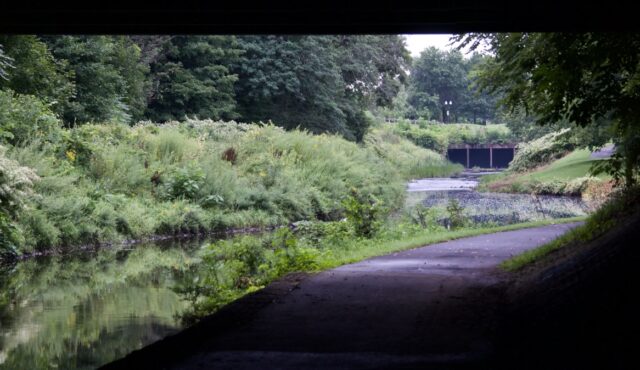
The last segment that is fully open at time of publication is from Farmington to Fern, which means crossing Trout Brook Drive and Farmington Avenue. There have been more than a couple pedestrian/cyclist collisions with vehicles at this intersection, some of which resulted in very serious injuries and residual trauma. It’s really hard to look at the streets around West Hartford Center and believe decision-makers are invested in reducing crashes. The first step is to reduce the number of lanes.
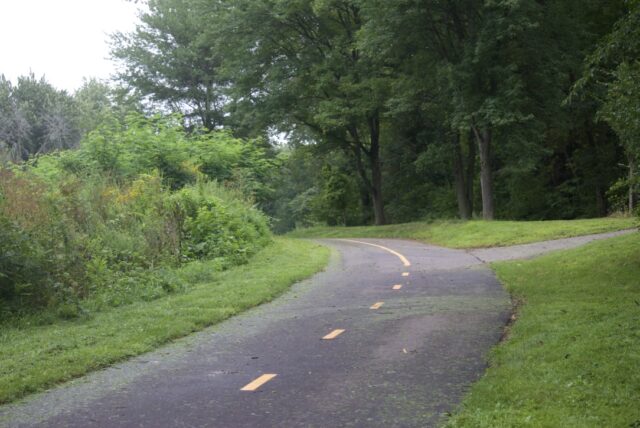
Once you make it across, this 0.5 mile section of path offers more views of the brook, and soon there’s a substantial buffer between walkers/cyclists and West Hartford’s pseudo-highway. I’ve heard wildlife — deer and bear — like this part, though I did not observe any. There was lots of sand across parts of the path, but no major rainstorm in the last week, so I wonder about their maintenance schedule. After walking for so long, I liked the cushion, but this is not great for the cyclists. At the end of the path, there’s a list of West Hartford rules. No skateboards. No roller skates. No fun. Not in those words, but really.
Why the meandering close look at Trout Brook Trail?
It’s housed under “recreation” and the Town of West Hartford boasts of “convenient parking for trail access.” They describe this as a “safe, enjoyable route to exercise and explore.” While I would debate them about the safe part — not so much when having to cross roads — the intent feels as narrow as that sidewalk from Jackson Ave to Park Road.
It’s not only the Town of West Hartford that seems to view walking and cycling as recreation only. Some colleges in Connecticut regard e-bikes (along with e-scooters, hoverboards, and possibly acoustic bicycles) as recreational vehicles. If something is seen as only fun and games, then it can be easier to say things like “there is no reason to have this here” and “we will not prioritize this safety measure because it will slow down wait time for cars.” When they do not see a path as integral to someone’s trip to the grocery store or work, we get told that a place will not be maintained in the winter, with the unspoken “because why would anyone be out there unless they needed to be.”
As long as people struggle to understand and accept that biking, walking, and even jogging are used for commuting in addition to recreation, we will face obstacles when it comes to pedestrian and cyclist infrastructure. If we are going to participate in capitalism — specifically, as workers — then our mobility is sanctioned on some level. That’s when we begin to get things like better bike lanes, adequate storage for bicycles, and permission to charge e-bike batteries. When decision-makers perceive e-bikes as a mere toy, they have no qualms about banning it, even when statistics show the any kind of car is more deadly than an e-bike, e-scooter, or hoverboard. Toys are equated with children, and decision-makers do not typically respect what they deem childish.
We could look at the even bigger picture. Look at zoning. More progressive places have made meaningful adjustments over the years, but some still have strictly regimented separations. People can live over there, do their shopping over here, and then spend their days working (in another location) to pay off car loans so they can transport themselves between these distant places. We see folks fight against more housing because they worry about additional traffic, while those same people are not asking for more robust public transportation, an elimination of parking minimums, an addition of parking maximums, and meaningful road diets. You can have a building that contains housing, shops, and offices. You can have a path that serves as a safe commute route and a place for exercise and leisure.
A bicycle is not single use.
Our feet are not single use. They can walk us to work or dance or kick balls.
Our buildings do not need to be single-purpose.
We do not need to force our behaviors into one category or another. Those dancing feet might be recreation for me, but to a performing artist, that’s work. We can have our world meet multiple needs and desires at the same time.
Climate Possibilities is a new series about climate mitigation, along with resilience, resistance, and restoration. It’s about human habitat preservation. It’s about loving nature and planet Earth, and demanding the kind of change that gives future generations the opportunity for vibrant lives. Doomers will be eaten alive, figuratively. All photographs are taken in Hartford, Connecticut unless stated otherwise.
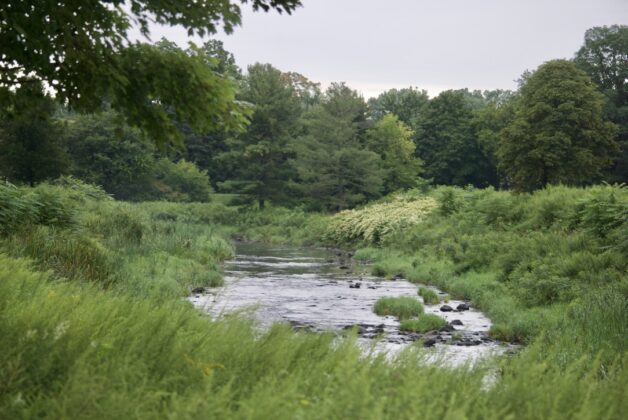
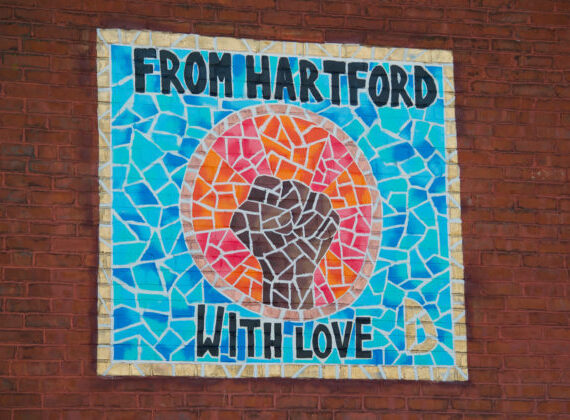
Barb
It’s crazy that the town wants to add so many more housing units too, when it can’t deal with the traffic problems we already have!!
Kerri Ana Provost
It’s not crazy at all.
Housing is NOT the issue.
In Hartford, we eliminated parking minimums. This means that people can develop housing without installing a minimum number of parking spaces. And you know what? Since this change, we’ve had much more housing built and people are moving in. It’s not sitting vacant.
Demand the same of West Hartford, along with improved public transportation. Giving people a place to live does NOT need to be tangled up with car storage.
I even talked about this in a video I made of the trail:
https://www.tiktok.com/@realhartford/video/7271704228031237422
Skip ahead to 2:15 if you don’t want the preamble.